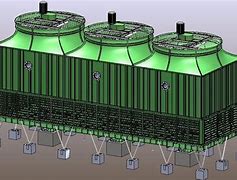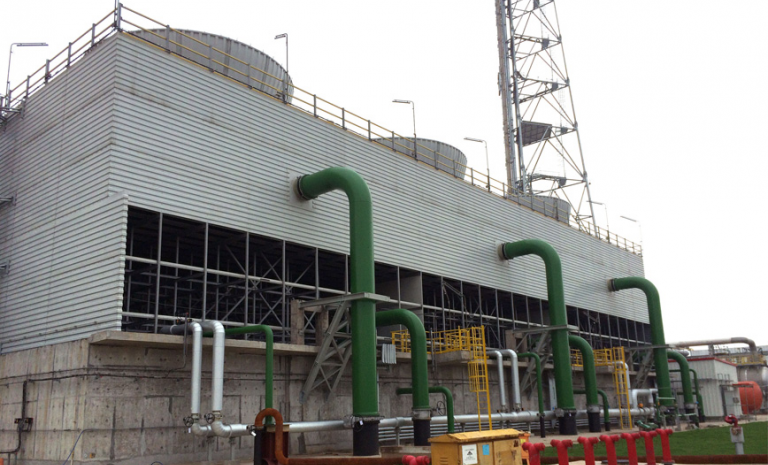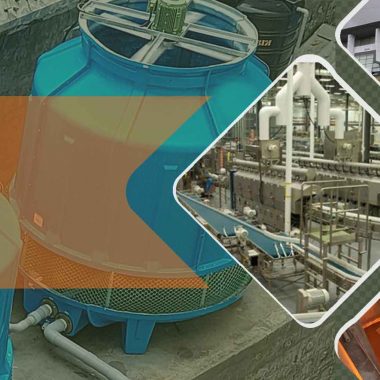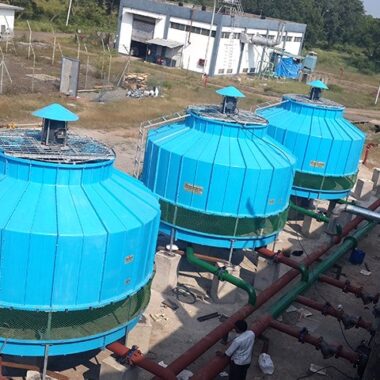Service Isolation in Multicell Systems for Continuous Operation
Service Isolation in Multicell Systems for Continuous Operation
Multicell cooling towers are outlined with features that allow person cells to be separated for benefit or maintenance whereas others proceed to function, guaranteeing uninterrupted cooling capacity. Service Isolation in Multicell Systems for Continuous Operation, Here’s how individual Multicell can be isolated for benefit:
Isolation Valves:
- Multicell cooling towers are prepared with confinement valves or gate valves installed on the channel and outlet channels of each cell. These valves permit operators to confine individual cells from the rest of the system by closing off the flow of water to and from the cell.
- When a cell should be taken offline for benefit or support, the separation valves are closed to stop the flow of water through the cell. This effectively isolates the cell from the rest of the cooling tower system, permitting other cells to proceed operating.
Independent Fan Control:
- In a few multicell cooling tower configurations, each cell is prepared with its own fan or fan cluster. This allows for independent control of each cell’s fan speed and operation.
- When a cell is disconnected for benefit, its fan can be shut down independently of the fans in other cells. This avoids air from being drawn through the inert cell, guaranteeing that as it were active cells contribute to the overall cooling capacity of the system.
Bypass Piping:
- Multicell cooling towers may include bypass piping or bypass lines that allow water to bypass confined cells and flow directly from the inlet to the outlet of the cooling tower.
- When a cell is isolated for benefit, the bypass valves related with that cell are opened to permit water to bypass the inactive cell and proceed circulating through the remaining dynamic cells. This ensures that cooling capacity is maintained indeed when one or more cells are offline.
Redundant Cells:
- Multicell cooling towers often include redundant cells or save capacity that can be brought online as required to compensate for the loss of a cell due to maintenance or service.
- If a cell should be isolated for an expanded period, operators can enact excess cells or adjust the operation of other cells to compensate for the transitory loss of capacity, guaranteeing uninterrupted cooling operation.
By utilizing isolation valves, free fan control, bypass piping, and redundant cells, administrators can effectively separate person cells for service whereas others proceed to operate, maintaining the overall cooling capacity and unwavering quality of the multicell cooling tower system. These highlights contribute to the flexibility and resilience of multicell cooling towers in industrial, commercial, and institutional cooling applications.





